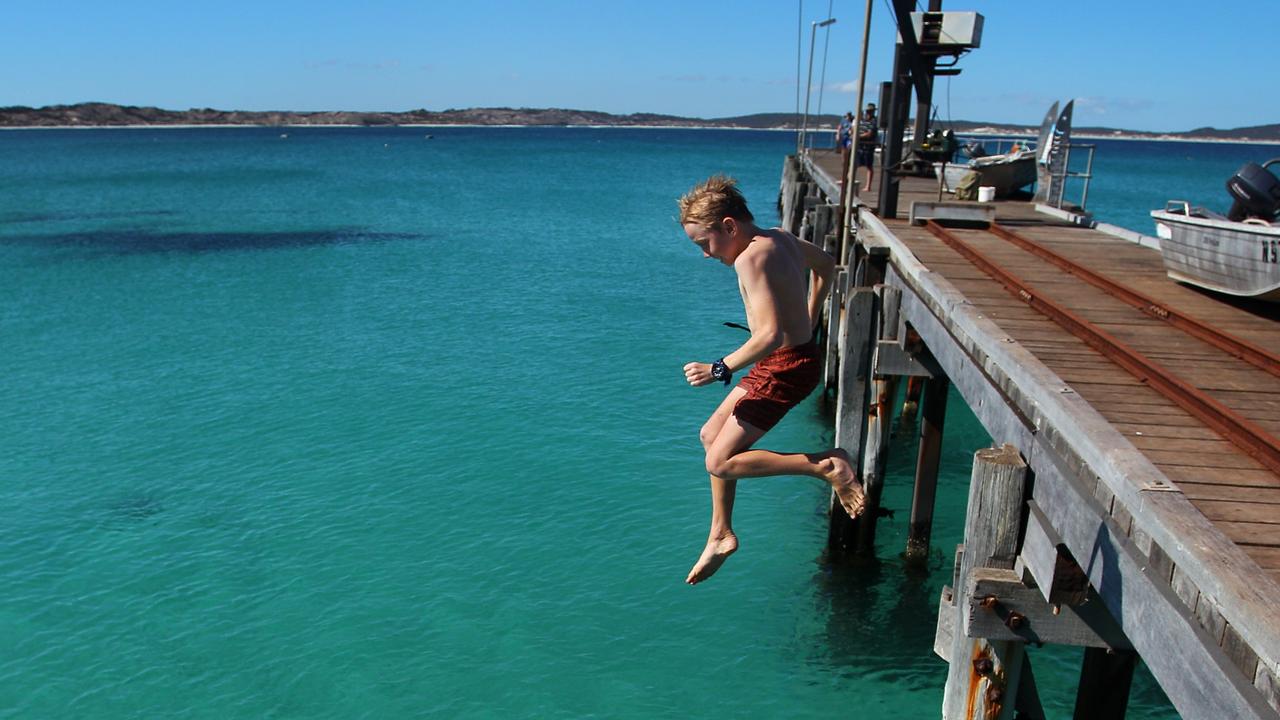Great Barrier Reef fish fighting
CORAL bleaching of the Great Barrier Reef is turning damselfish into deadly bullies and sending death rates higher.

CLIMATE change is turning damselfish into deadly bullies, say scientists.
As coral cover is reduced through temperature-induced coral bleaching, baby damselfish are being pushed out of their coral homes by their big brothers and sisters, the Courier Mail reports.
Scientists have known that coral bleaching events - a process in which corals can die from hot conditions - were causing fish deaths, but a study released yesterday by James Cook University Associate Professor Mark McCormick is the first to reveal the behavioural mechanism that is driving the mortality.
Prof McCormick said on healthy coral reefs, juvenile damselfish of all sizes had an equal chance of dying but on bleached coral it was every fish for themselves and death rates were much higher among runts.
Film: Killer sharks threaten Aussie tourism
A decline in the number of small fish meant lower numbers of predatory fishes such as high-value commercial and recreational species such as coral trout. This had serious implications for fishing and reef-based tourism.
Prof McCormick, a Centre of Excellence for Coral Reef Studies scientist, said as fish battled to survive on severely bleached corals, large damselfish pushed smaller fish further from shelter and resources.
This exposed them to predators that snapped them up.
Scientists predict coral bleaching will increase in frequency and severity as ocean temperatures rise due to global warming.
The only way to reduce the effect of coral bleaching on fish was to make the system more resilient.
Film: Killer sharks threaten Aussie tourism
In-depth: All the latest travel news
Follow our travel reporter and travel editor's Twitter blogs



